Self-Awareness and the Rouge Test
Slide 1 of 14: Synopsis
Author
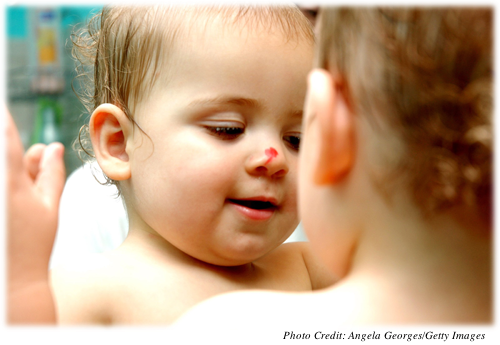
Victoria Cross, University of California – Davis
Lisa Huffman, Ball State University
S. Stavros Valenti, Hofstra University
Synopsis
When do children realize that they have an individual identity? In this activity, you will observe the Rouge Test, a widely used assessment of self-awareness. With the help of video clips, you will explore how and when self-awareness appears in infancy and how self-awareness creates a basis for the development of social emotions.
References
Lewis, M., & Brooks-Gunn, J. (1979). Social cognition and the acquisition of self. New York: Plenum.
Siegler, R., DeLoache, J., & Eisenberg, N. (2011). How children develop. New York: Worth Publishers.
Ekman, P. (1999). Basic Emotions. In T. Dalgleish and M. Power (Eds.), Handbook of Cognition and Emotion. Sussex, UK: John Wiley & Sons Ltd.
Slide 2 of 14: Understanding Others Begins With Self-Awareness
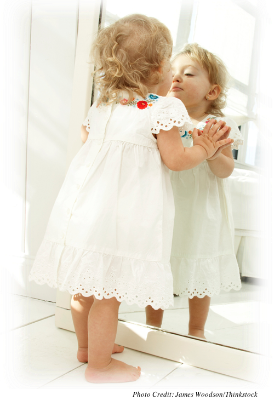
This toddler is clearly aware of and interested in her reflection in the mirror. She has passed an important developmental milestone in demonstrating self-awareness, which is the understanding that she is separate and unique from all other people.
Self-awareness is fundamental to understanding others and the world around us. Over the course of our development, we refine and expand our definitions of self, and this evolution, in turn, improves our ability not only to understand ourselves but also to understand and communicate with others. All of these experiences contribute to the formation of our identity, which is one’s self-definition that reflects internalized, self-chosen values, beliefs, and goals.
Given the significance of the development of a sense of self, researchers have devoted a great deal of time and effort to investigating when self-awareness develops. Michael Lewis and Jeanne Brooks-Gunn, two pioneers in the study of emotional development, designed the Rouge Test, a widely used test of self awareness that can be used with very young children.
Slide 3 of 14: Does This Child Show Self-Awareness?
- Chapters
- descriptions off, selected
- captions settings, opens captions settings dialog
- captions off, selected
- English Captions
This is a modal window.
Beginning of dialog window. Escape will cancel and close the window.
End of dialog window.
This is a modal window. This modal can be closed by pressing the Escape key or activating the close button.
This is a modal window.
In the Rouge Test, a dot of rouge is placed on the face of an infant or toddler without the child knowing. The researcher then shows the child his/her face in a mirror and asks one of two questions: “Who is the child with the spot on his/her nose?” or “Can you clean the spot off the person in the mirror?”
Observe 17-month-old Patrick’s reaction to his own reflection. Does he appear to recognize himself? Does he respond to the spot of rouge on his nose? Consider these questions both before and after you watch the video. You will be asked to comment on your thoughts on the next screen.
Slide 4 of 14: Does This Child Show Self Awareness? (continued)
- Chapters
- descriptions off, selected
- captions settings, opens captions settings dialog
- captions off, selected
- English Captions
This is a modal window.
Beginning of dialog window. Escape will cancel and close the window.
End of dialog window.
This is a modal window. This modal can be closed by pressing the Escape key or activating the close button.
This is a modal window.
Note: video has no audio.
Observe 26-month-old Sarah as she reacts to the mirror.
Slide 5 of 14: The Second Year of Life
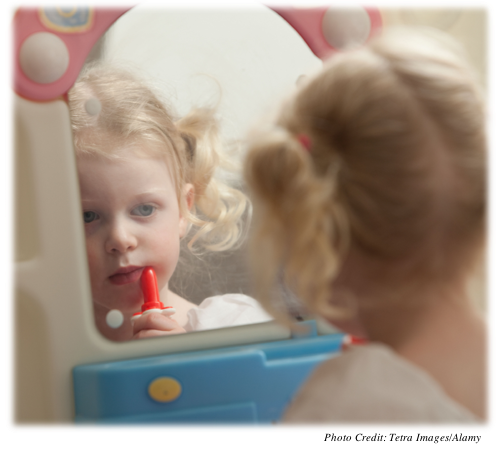
Self-awareness generally develops sometime between 15 and 24 months of age. The 17-month-old infant does not understand that the rouge is on his own nose. He behaves as though it is some other person who is standing across from him. In contrast, the 27-month-old is quite certain that it is herself in the mirror as she reacts to her image by rubbing her own nose.
During this developmental period, there are other important indicators of a budding sense of self.
- In language development, two-year-olds begin to use words that indicate self-awareness and self-identity, such as “Mine!” or “George’s room.”
- In emotional development, children start to compare themselves to the societal norms that they have internalized.
In the following screens, this emotional development will be explored in more depth.
Slide 6 of 14: Primary and Secondary Emotions
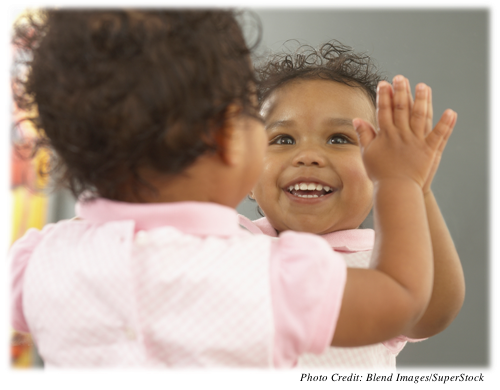
Primary emotions develop within the first year of life. These emotions are direct responses to stimuli. They are thought to be innate, unlearned, and universal across our species (Ekman, 1999).
Secondary emotions, or self-conscious emotions, show concern about how others view you. They require that you have a sense of self, have internalized societal standards, and are evaluating yourself against those external standards.
Slide 7 of 14: Primary and Secondary Emotions (continued)
Slide 8 of 14: Primary and Secondary Emotions (continued)
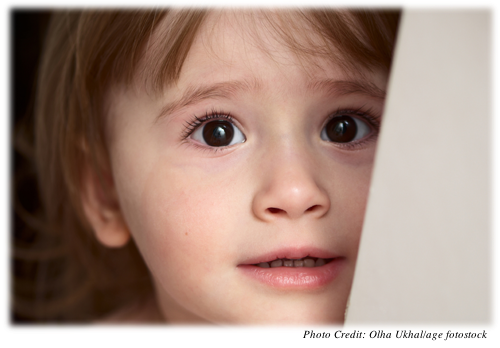
Anger, fear, joy, and despair are direct responses to stimuli. They are unlearned, innate, and do not require a sense of self. However, to be proud of an accomplishment, you must be comparing yourself to a social standard and deciding whether you have met or exceeded expectations. To feel shame, you must be comparing yourself to a social standard and determining that you have failed to meet expectations. To feel embarrassment, you have usually violated some social norm. To feel guilt, you have usually not accomplished something that was expected of you.
Slide 9 of 14: Self-Awareness and Self-Conscious Emotions
Why is self-awareness vital to experience self-conscious emotions? Before children have the capacity to comprehend the idea that they are unique individuals, they have no way to compare themselves to others around them or to social norms. Therefore, a sense of self and self-awareness are prerequisites for the experiencing of secondary emotions, or self-conscious emotions.
There are two components to self-conscious emotions: self-awareness and internalization of societal norms. We have discussed the development of self-awareness but have not explored how a child internalizes societal norms. In this regard, parents and primary care givers play a vastly influential role in early social development.
There are many means by which infants may pick up social norms. Parents may teach social rules and standards explicitly by praising or questioning a child’s behavior, telling stories of admirable behavior, and/or explaining directly behavior that is rewarded and desired by society. Parents also teach infants socially-acceptable behavior implicitly by setting examples of social norms and behavior in their own conduct and way of interacting with the world.
Slide 10 of 14: Self-Awareness and Self-Conscious Emotions
Here are some examples of how a parent or caregiver may educate a child about socially-acceptable behaviors. Does each behavior demonstrate an explicit or implicit method of teaching children about societal norms?
Slide 11 of 14: Self-Awareness and Self-Conscious Emotions (continued)
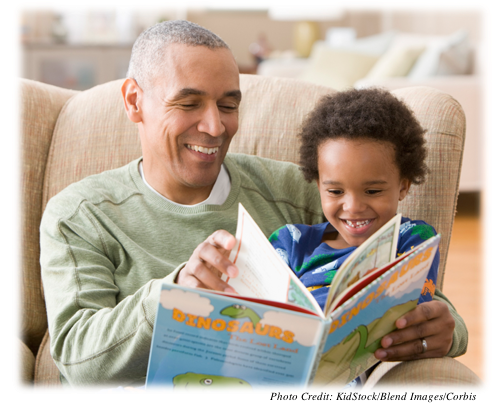
Caregivers explicitly communicate social norms to children when they use language to directly explain or comment on a socially-desired or socially-undesired behavior. Caregivers implicitly teach social norms to children when they demonstrate how to behave in society.
Slide 12 of 14: Assessment: Check Your Understanding

Slide 13 of 14: Assessment: Check Your Understanding

Slide 14 of 14: Assessment: Check Your Understanding

Congratulations! You have completed this activity.Total Score: x out of x points (x%) You have received a provisional score for your essay answers, which have been submitted to your instructor.